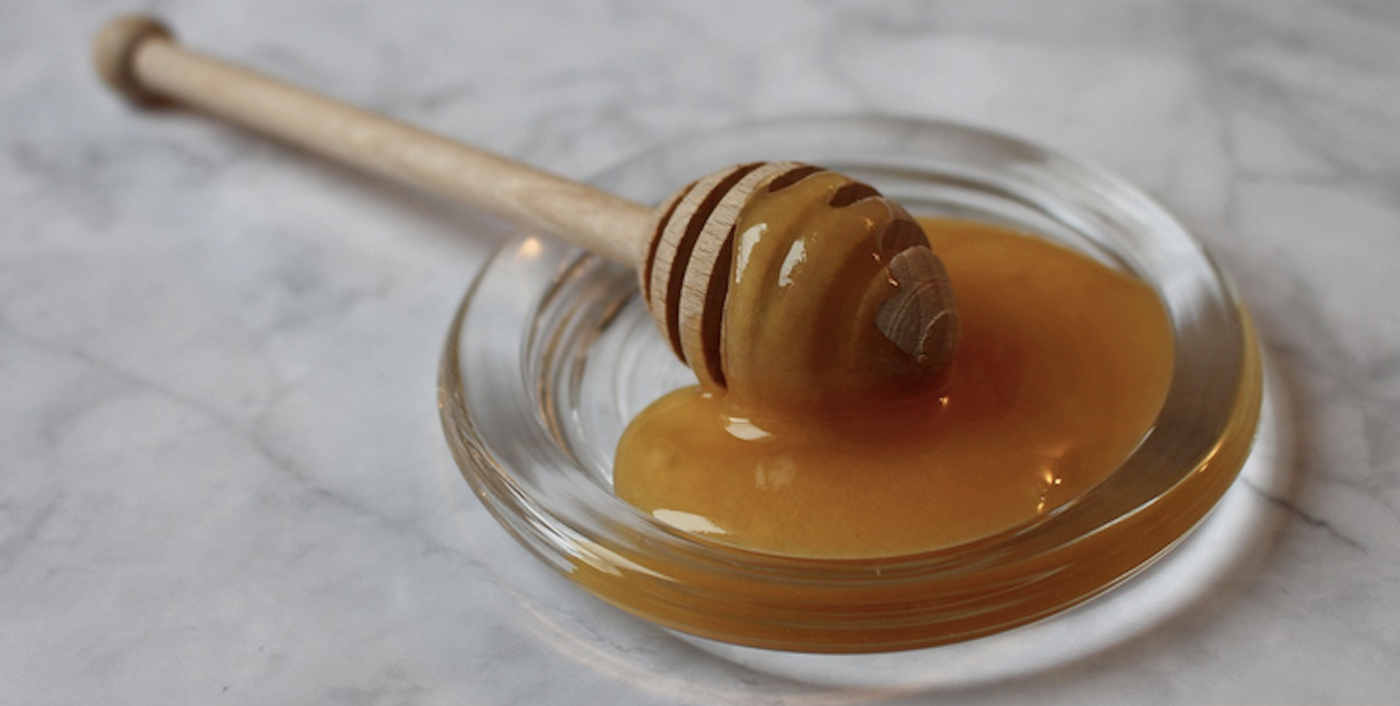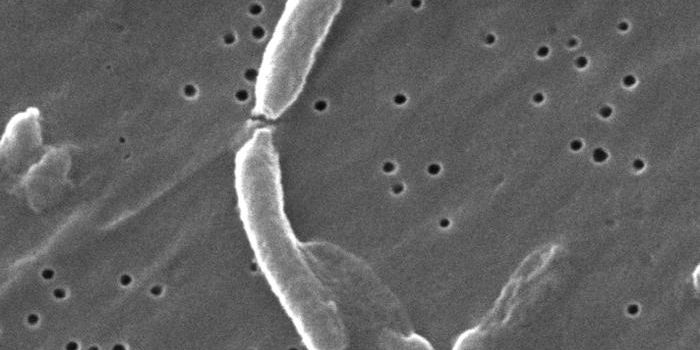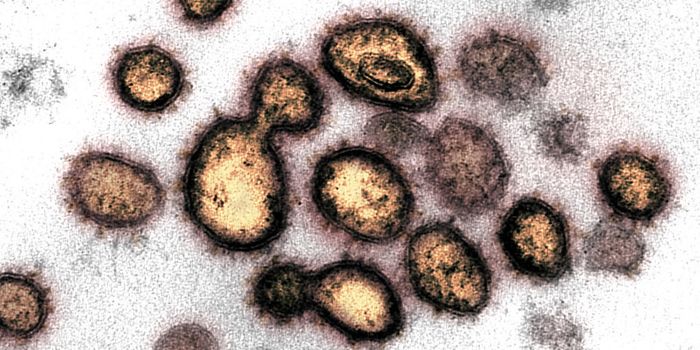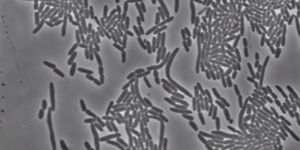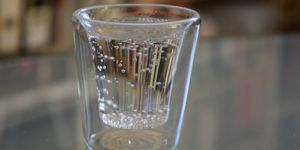Manuka Honey Can Help Fight Infections After Surgery
Honey has been used in homeopathic medicine as a wound healer. Studies have shown that Manuka honey has antibacterial properties, which are due to a compound it contains called methylglyoxal. Now scientists have found that if it's applied to layers of surgical mesh, it can prevent infection. Surgical mesh is a good way to encourage soft tissue to heal, but it has a tendency to encourage bacterial growth and the formation of biofilms.
In this study, when nanolayers of Manuka honey were placed between layers of polymer, an electrostatic nanocoating was generated (between the negatively charged honey and positively charged polymer). The honey was slowly released over a three week period, inhibiting bacterial growth during that time. The work has been reported in Frontiers in Bioengineering and Biotechnology.
"Mesh is implanted inside the body to provide stability while the internal tissues heal but, unfortunately, it also provides the perfect surface for bacteria to grow on. Once the bacteria form a biofilm on the surface, it's very difficult to treat the infection. By sandwiching the honey in a multilayer coating on the mesh surface and slowly releasing it, the aim is to inhibit the growth of the bacteria and stop the infection before it even starts," explained the lead study author Dr. Piergiorgio Gentile, a Biomedical Engineer at Newcastle University. "These results are really very exciting. Honey has been used to treat infected wounds for thousands of years but this is the first time it has been shown to be effective at fighting infection in cells from inside the body."
"Although numerous antibiotic-based coatings, constructed through layered approaches, and intended for the development of antibacterial implants, have been investigated so far, it has been found that the effect of antibiotics may decrease with time, since antibiotic-resistant bacteria may potentially develop," added Dr. Elena Mancuso, a lecturer within the Nanotechnology and Integrated Bioengineering Centre (NIBEC) at Ulster University.
The researchers tested their mesh using soft tissue cells growing in culture, which were exposed to infectious bacteria including Escherichia coli and Staphylococcus.
"Too little honey and it won't be enough to fight the infection but too much honey can kill the cells," noted Gentile. "By creating this 16-layered 'charged sandwich' we were able to make sure the honey was released in a controlled way over two to three weeks which should give the wound time to heal free of infection."
"With our study, we have demonstrated the promising combination of a naturally-derived antibacterial agent with a nanotechnology approach, which may be translated to the design and development of novel medical devices with advanced functionality," said Mancuso.
Sources: Phys.org via Newcastle University, Frontiers in Bioengineering and Biotechnology
